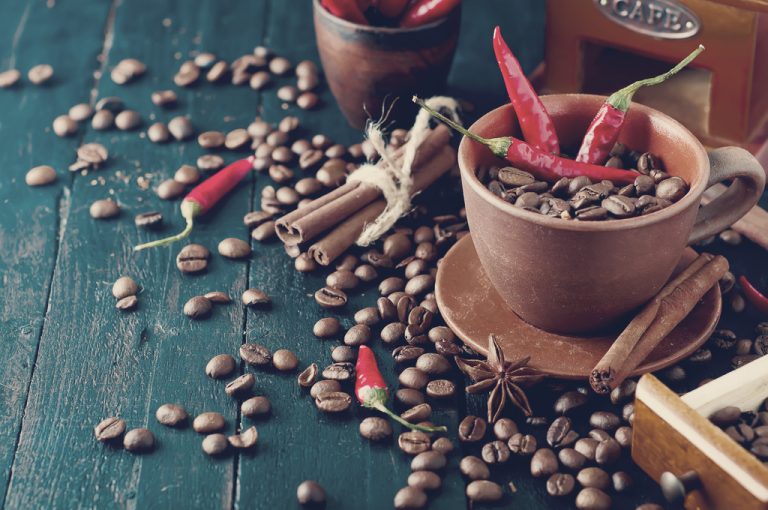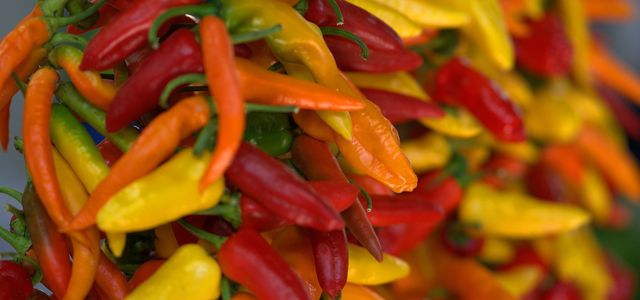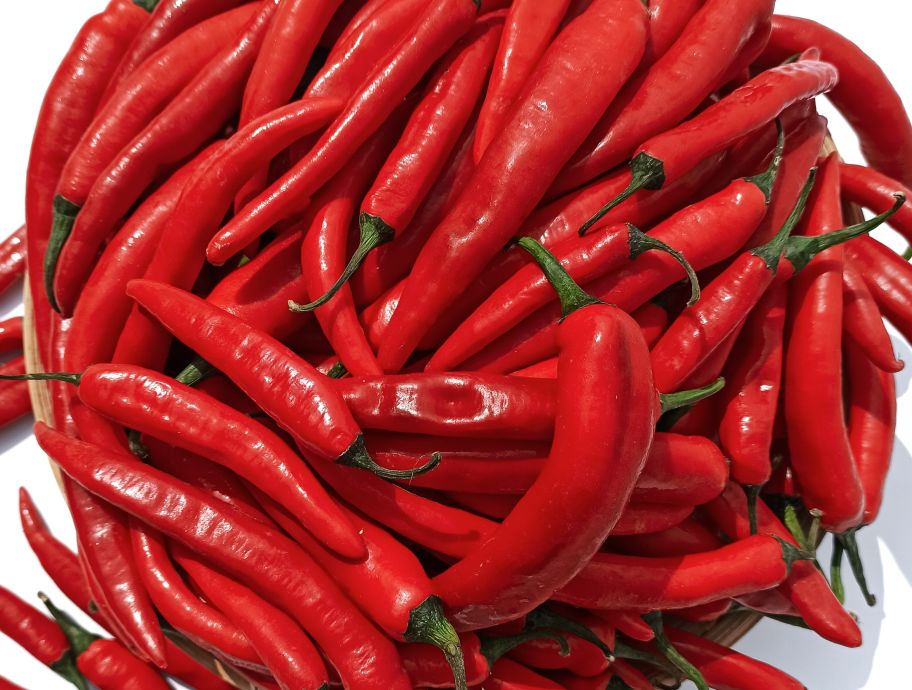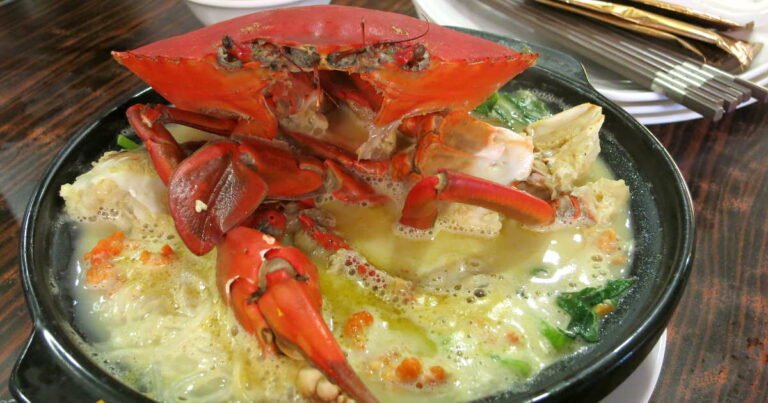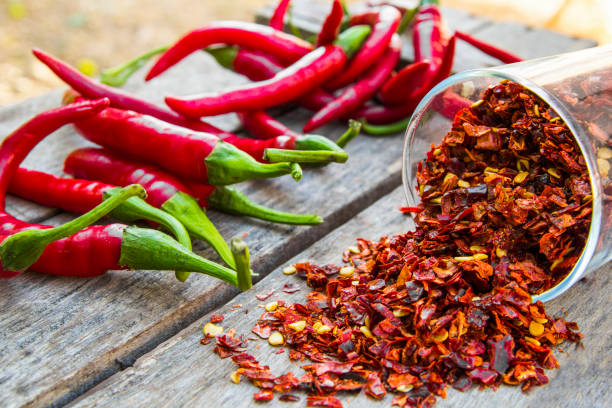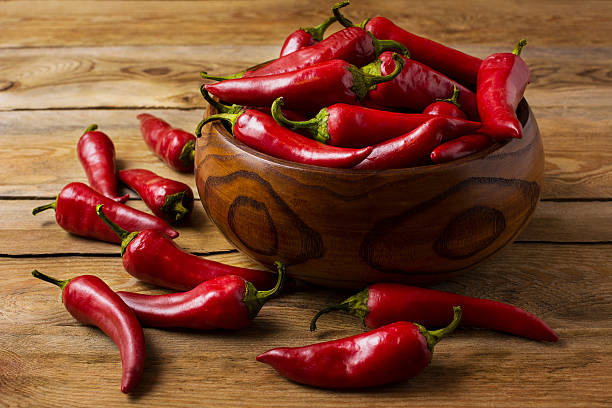Coffee isn’t just for drinking. In fact, coffee is also a popular ingredient in cooking. In the Coffee Chili, in combination with many other ingredients, it provides a special touch.
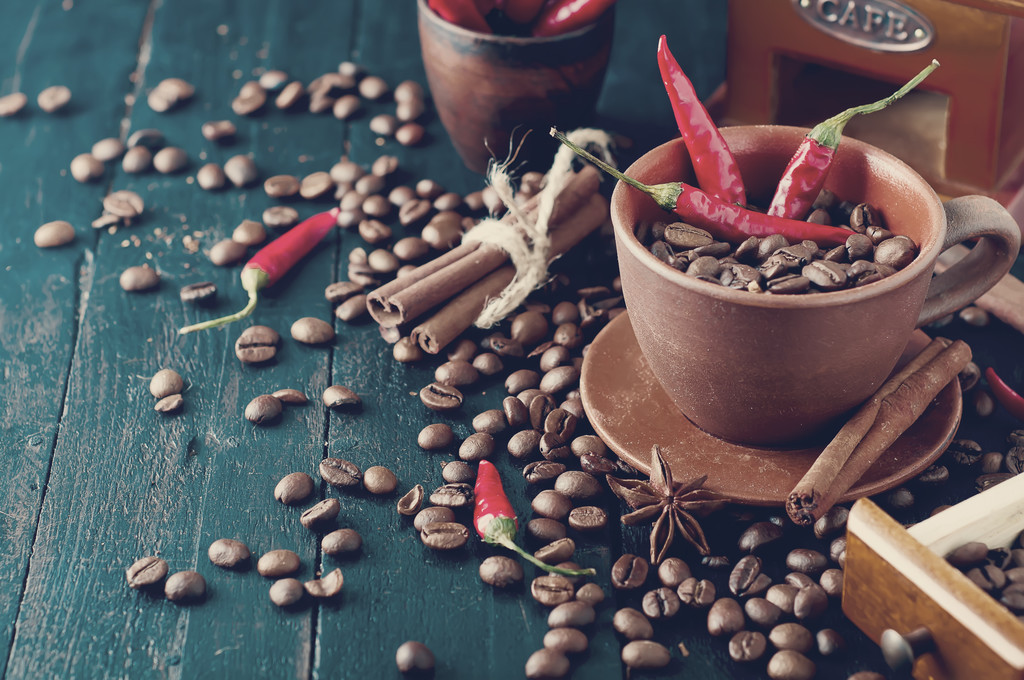
Coffee Chili – a pleasant spiciness
When people think of a coffee chili, they might first think of a hot coffee drink, but that’s not what it means. Rather, it is a variation of the chili, in which the coffee provides a special nuance in taste. Sounds like a crazy compilation? As a matter of fact! In fact, many rave about the special taste experience. Especially in the cold season, a warming chili is just the thing to heat up the body. So it’s worth trying the Coffee Chili for yourself.
Coffee Chili – the award-winning dish from the USA
Who would have thought? Like many other trends, the coffee chili comes from the USA. No wonder, after all, even the cowboys preferred to eat a chili by the campfire. It is now conquering the market as a recipe with coffee. In fact, not only coffee is one of the unusual ingredients of the chili. Beer and chocolate are also on the list of ingredients. Compared to a normal chili, the coffee chili is significantly darker. This does not detract from the taste. On the contrary, the dish won the Statewide Chili Championship in Texas in 1999.
Thanks to the many ingredients, the Coffee Chili is an extraordinary taste experience. The “kick” is – in addition to the dark beer – the coffee, which rounds off the whole thing in terms of taste and almost has a balancing effect on the sharpness. At this point it has to be said that many people like to eat very spicy food: For many, Tabasco is more like a sauce binder and is part of almost every menu. Thus, the coffee does not dominate the taste, but fits perfectly into the overall composition. The sharpness can be adjusted as desired. Of course you can also create a weaker version, but every chilli should have a little bit of heat.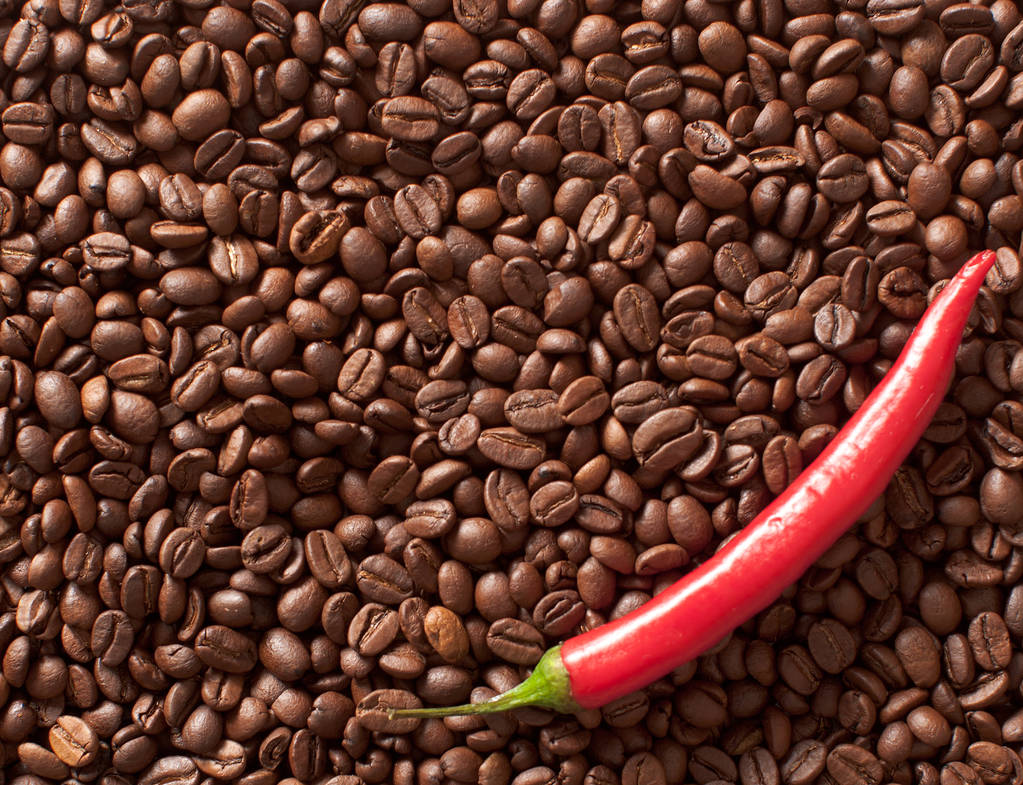
This is how the preparation of the coffee chili succeeds
Despite the unusual combination of ingredients, the Coffee Chili is easy to prepare. The exact ingredients are quickly researched on the Internet and bought in the supermarket. A lot of equipment is not required. A large pot, a cutting board and a sharp knife are enough to cook the delicious chili. With the following recipe, even inexperienced cooks can make the chilli:
Dice the beef
Heat the oil and sauté the onions, garlic, diced beef and minced meat
Slightly mash the peeled tomatoes and add to the pot with all the remaining ingredients (except kidney beans).
Season with salt and pepper, add chili to taste
Cook on low heat for 1.5 hours
Add kidney beans and simmer for another 30 minutes
Reach the desired consistency with beer or vegetable broth
Chili is traditionally eaten with cornbread, but many other side dishes, such as baguette, also go well with coffee chili. By the way, it gets even tastier the next day.

